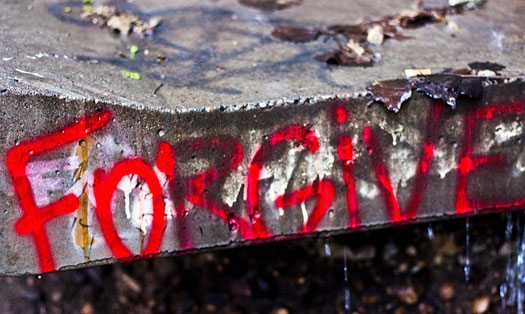
August 2, 2017; NPR
NPQ has been covering this as an ongoing story because of its impact on the many nonprofit staff with outstanding school loans.
The Public Service Loan Forgiveness program, launched in 2007, is meant for students who have gone on to teach, work for nonprofits, or work for the government. The program is now 10 years old, so that original set of applicants should be filing now to have the balance of their school loans forgiven. Whether they will be successful remains to be seen.
The American Bar Association (ABA), along with several lawyers, is suing the Department of Education for changing the rules in the middle of the program. In this case, lawyers were accepted into the program, and then were told their employers did not qualify because a professional association is not a 501(c)(3) nonprofit.
“The expectations and financial well-being of thousands of dedicated public servants hang in the balance in this case,” Chong Park, a partner at the law firm Ropes & Gray representing the ABA and the individual plaintiffs, said in a statement. “In its new filing, the Department of Education unfortunately reiterates that it has no intention of upholding promises made under the very program it created. We find this position unfair and unlawful.”
The Department of Education filed a motion last week for “summary judgment,” hoping to settle and avoid a trial. In it, they stated there has been no ultimate decision made on actual loan forgiveness for those who have faithfully followed the rules for ten years. Hundreds of thousands of PSLF applicants have had their paperwork accepted, but they have only received “interim, non-binding, individualized determinations.” The individual participants have made career decisions based on the PSLF requirements, and they may have been ten years of wrong choices.
In order to demonstrate the deliberate vagueness of the correspondence from the PSLF program, the following paragraphs were copied from an applicant’s annual communication. The first paragraph tells the recipient that their employer qualifies as a nonprofit, government agency, or teacher.
Sign up for our free newsletters
Subscribe to NPQ's newsletters to have our top stories delivered directly to your inbox.
By signing up, you agree to our privacy policy and terms of use, and to receive messages from NPQ and our partners.
Your employment qualifies you for participation in the PSLF Program for the certified employment time periods provided above. Note: If the dates of employment that you submitted on the form differ from those listed above, it may be due to overlapping employment periods, dates certified into the future, or periods of employment on or before October 1, 2007 (which do not qualify for PSLF).
However, later on in the letter, buried in this paragraph about submitting an Employer Certification Form (ECF), it states that the student “may” apply for loan forgiveness after the 120 payments are made, and that there will be a final determination at that time.
We will update your qualifying payment count each time you submit a new, approved ECF if you made additional qualifying payments during the new certified employment period. We recommend that you submit an ECF annually. When it is time to certify your employment, you can log in to MyFedLoan.org to get started.
When can you apply for forgiveness?
You may apply for loan forgiveness after you have made 120 on-time qualifying payments. You must be working for a qualifying employer at the time you submit the application for forgiveness and at the time the remaining balance on your loan is forgiven. We will provide you with a final determination of your eligibility for forgiveness after we receive your application. Although we will maintain copies of any documents that we receive, we recommend that you keep copies of all forms that you submit and any supporting documentation regarding your employment and the PSLF Program.
Each year is a new application, and after ten years, another application, with wording vague enough to leave room for denial to the applicants who have been waiting 10 years for the resolution.—Marian Conway









